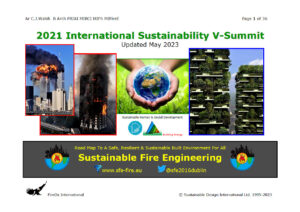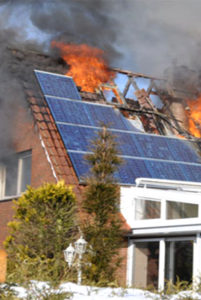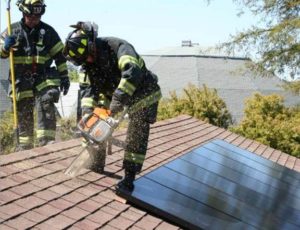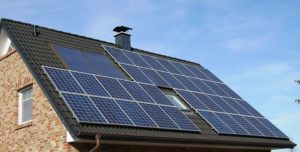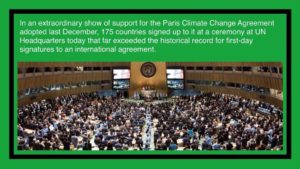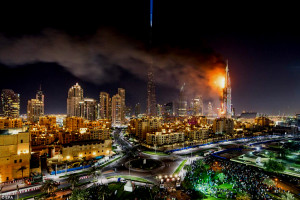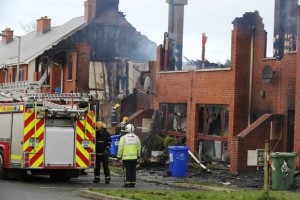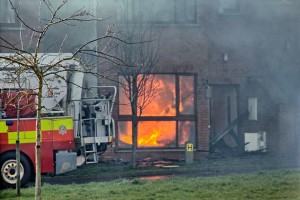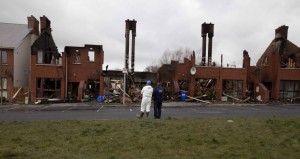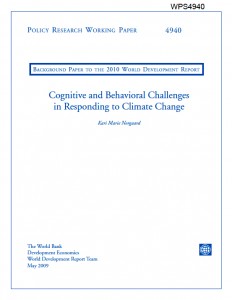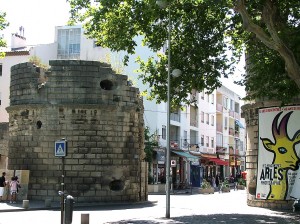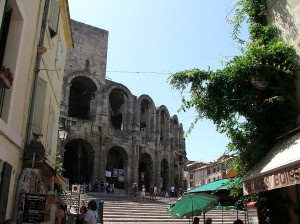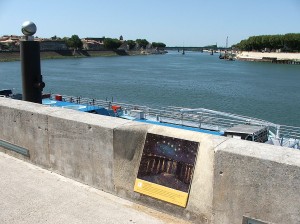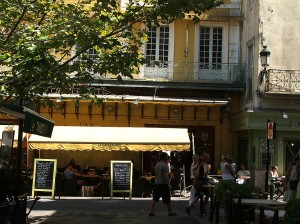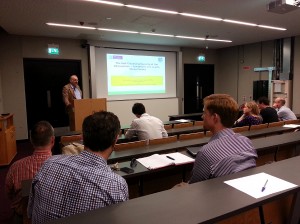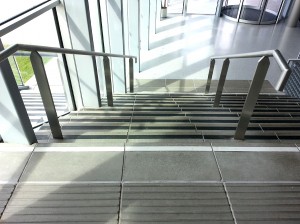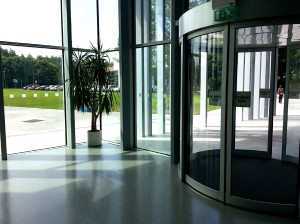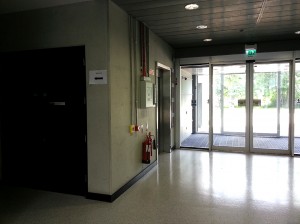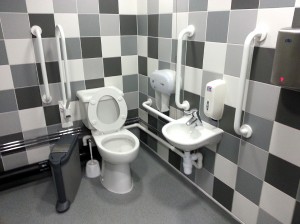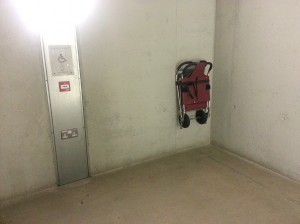2022-12-19: Following on, directly, from the 2016 Dublin Code of Ethics …
[ A personal Code of Ethics – is / must be – the basis for Effective Sustainability Implementation ]
.
Multi-Disciplinary Input > Trans-Disciplinary Output
Sustainable Fire Engineering (SFE) is a Facilitator – no more than Architecture, Structural Engineering, or Spatial Planning – in the task of realizing a Safe, Resilient and Sustainable Built Environment for All. However, SFE has an essential role to fill throughout the difficult journey towards that target. In close collaboration with other design disciplines, many iterations … twists and turns along the road … will be necessary.
Beware Greenwashing !
Sustainability is NOT a graft-on, or an optional extra, to Conventional Fire Engineering. This intricate, open, dynamic and continuously evolving Concept must cut right to the core of everyday design practice, and must positively impact all areas of that practice.
Ethical Transformation
In this third decade of the 21st Century … the Safety Objectives in current Fire Codes / Regulations are limited, inadequate, and lagging far behind today’s creative moulding and re-shaping of the Built Environment ; they are almost, but not entirely, irrelevant in the context of the urgently required transformation of conventional fire engineering. For anybody who cannot see the broad, beautiful landscape beyond codes and regulations … this SFE Road Map is definitely not for you. For those who can see, your constant companion … your compass … will be a Personal Code of Ethics.
.
Essential Considerations Before Starting Out On The Road …
1. World Trade Centre Attacks in New York City, on 11 September 2001. Two sets of important Recommendations were issued by the U.S. National Institute of Standards and Technology (NIST) in 2005 and 2008. Not only is the implementation of these still incomplete, but the solid progress which has been made e.g. on Firefighter Safety, is continuously under threat from vested interests. Other jurisdictions have tended to ignore the Recommendations. SFE takes full account of this Extreme Man-Made Event.
2. Grenfell Tower Fire in London, on 14 June 2017. Evidence at the Official Inquiry continues to shock and horrify ; the entire fire safety regulatory edifice in England is dysfunctional, and it poses a real and serious danger to Public Health and Safety. Inquiry Phase 1 Recommendations were issued in 2019. Already, the Recommendation concerning Evacuation for Vulnerable Building Users & PEEP’s (#33.22 e and f) has been discarded by AHJ’s … and it has also been stated (#34.14) that as everything about the single narrow staircase in the Tower appeared to be OK, it will not be investigated in Inquiry Phase 2 … a sure sign of dysfunctional dysfunction ! SFE sees beyond these major flaws.
3. Sustainable Buildings Il Bosco Verticale Towers in Milano … this exciting Project, designed by Stefano Boeri and completed in October 2014, has become the International Icon for innovative / environment-friendly construction. These new approaches to building design are posing enormous fire safety challenges. [ Remember back … was it 15 years before fire codes were able to ‘solve’ the Atrium in buildings ? ] SFE, however, must cope with this extraordinary level of architectural creativity ; and Fire Engineering Practitioners must be capable of active participation, collaboratively, within Project Design/Construction Teams.
Looking past the Milan Project … it is important for the reader to experience a more rounded flavour of where the exciting synergy between Creative Design and the Inclusive Language of Sustainability is at present, and where it is tending to go …
UN HABITAT ~ World Cities Report 2022 ~ ‘Envisaging the Future of Cities’ … https://unhabitat.org/sites/default/files/2022/06/wcr_2022.pdf
Ar. Vincent Callebaut, France … https://www.vincent.callebaut.org/
Ar. Stefano Boeri, Italy … https://www.stefanoboeriarchitetti.net/en/
Ar. Olando DeUrrutia, Spain … https://deurrutia.com/
4. Building Energy Performance Rating Schemes Under enormous environmental and political pressures, the headlong rush to conserve energy in buildings, and to make them more energy efficient … especially after the 2022 Russian Invasion of Ukraine … is proceeding in blissful ignorance of fire safety and necessary independent technical controls. Measurement of real building performance, after energy refurbishment has been completed, is generally avoided.
.
The Road Ahead … From Gro Harlem Brundtland To Reliable Fire Statistics …
Sustainable Fire Engineering Road Map
Realizing a Safe, Resilient and Sustainable Built Environment for All
(Download PDF File, 36 Overheads, 2.94 Mb)
This SFE Road Map takes account of feedback received after it was first presented on the LinkedIn Group … Sustainable Fire Engineering (#SFE) Network ~ #EthicalDesign #BeyondCodes #DefenceInDepth #SIA … from July to October 2022. Further updated and revised in May 2023.
.
.
END
#Twitter (#X) … @sfe2016dublin …
#SFE #RoadMap #SustainableFireEngineering #Reality #Reliability #FireInducedProgressiveDamage #WTC911 #SustainableDevelopment #SustainableBuildings #GrenfellTowerFire #ClimateDisruption #ClimateSynergies #UNFCCC #ClimateAdaptation #IPCC #Cities #FireCodes #Architecture #FireEngineering #SpatialPlanning #DesignTools #BIM #BeyondCodes #Ethics #CodeOfEthics #EthicalDesign #CJWalsh #DefenceInDepth #FireSafety4ALL #VulnerablePeople #Firefighters #FFsafety #Creativity #Wildfires #Bushfires #IncendiBoschivi #IncendiosForestales #OrmanYangınları #IncêndiosFlorestais #FeuxDeForêt #Resilience #Sustainability #SustainabilityImplementation #SustainableDesignInternational #Redundancy #SIA #ClimateTippingPoints #SustainabilityImpactAssessment #SocialTransformation #SocialWellbeing4ALL
